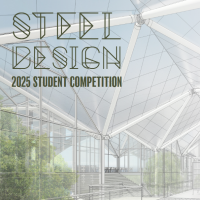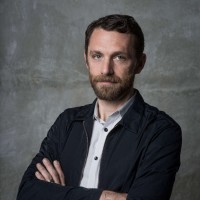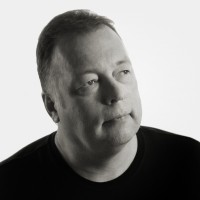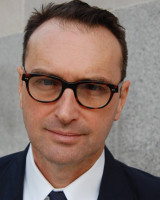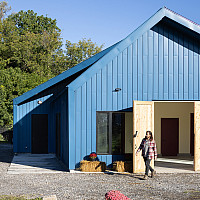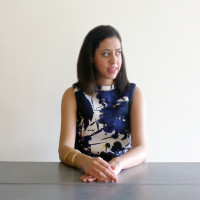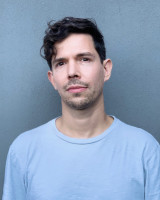Linda comes to us from Berlin where she just completed a residential fellowship there at trans-disciplinary art/urban research community ZK/U.We asked her to share a few thoughts on her Syracuse arrival and the “Iterative Ceramics” elective course she’s teaching this semester.
SOA:
What are you most looking forward to as you begin your time at Syracuse?
Zhang:
It’s quite difficult to choose just one. If I must, I would say that, most of all, I am looking forward to getting to know and working with the students and seeing how they will respond to the course and its themes as they develop their own perspectives, methodologies and interpretations.
SOA:
What are the primary objectives of the “Iterative Ceramics” course you’re teaching?
Zhang:
The course aims to explore thinking through making as a design process to theorize and reflect about how architecture can remember, commemorate, and memorialize, as well as the subtle differences between each of those terms. The course will be working primarily with slipcast ceramics. Ceramic itself is a highly plastic and moldable medium. It “remembers” each of the interactions it has had with you and is highly impressionable in that sense. Then we also have the slipcasting process which is based on a series of reversals from positive to negative to positive again. There are several steps in the process of removal between original object and the cast ceramic copy. This kind of suspension and elongation allows for many opportunities and possibilities to intervene.
SOA:
What do you hope students will gain from this experience?
Zhang:
I want to introduce ceramics to the students, and the slipcasting process in particular, as a medium they can use to intuit memory, with the ultimate objective that it can free them up to explore new modes of architectural communication. How does architecture communicate that which is intangible, immaterial, and fleeting? I hope that working with the material and getting their hands dirty will not only give students practical skills in slipcasting and glazing, but also find some renewed trust in their intuition and how it can simultaneously contribute to both aesthetic creation and critical thinking.
SOA:
Please explain the role of technology in the course.
Zhang:
Slipcasting is a widely used and standardized mass production technique. In the English language, slipcasting can be considered under the umbrella term “technology.” However, the aspect of technology we will be exploring in this course is closer to the German term “technik” (stemming from the Greek notion of “techne”), which is still a distinct term from “technologie.” Explaining the relationship of art and technology, Heidegger emphasizes that although “techne” is the epistemological root of technology, its original use was for art, to reveal and bring forth to “poiesis.” This differs from modern technology (technologie) which instead conceals through challenging-forth.
This course uses the slipcasting “technik” as a methodology and design process to explore the making and bringing forth dimension of architecture. Thinking about architecture through the material process itself, students will use a variety of fabrication techniques in their mold-making and casting processes–including casting found objects, 3d scanning, 3d printing, CNC milling, vacuum forming, burn-out, eroding, etc–moving beyond the so-called dualities of analog versus digital, virtual versus real, high-tech versus low-tech, and so forth.
Throughout the semester, students in the Iterative Ceramics course will have access to facilities in the Comstock Art facility, including the Plaster and Sculpture Studio, as well as supervised access to the glaze lab and kilns at the VPA ceramic studio in the Comstock Art Facility. The course will meet at various intervals in the semester with Prof. Errol Willet’s (coordinator of the ceramic program) slipcasting class to share and discuss their work.





